Bukchon Museum (북촌생활사박물관)
2.7Km 2022-08-30
90, Bukchon-ro 5na-gil, Jongno-gu, Seoul
+82-2-736-3957
The Bukchon Museum displays items that have been collected from Bukchon, a historical village that was once home to the nation’s nobility. The museum was founded to observe urban development that took place in the recent decades through collected and preserved veryday household items that were used by Bukchon residents. Visitors are even allowed to touch items on display to better be able to imagine life in Korea before industrialization.
Jaembaeok (잼배옥)
2.7Km 2021-03-30
68-9, Sejong-daero 9-gil, Jung-gu, Seoul
+82-2-755-8106
It has over 80 years of tradition. This Korean dishes restaurant is located in Jung-gu, Seoul. The representative menu is ox bone soup.
Dal Café (달 카페)
2.7Km 2024-03-18
94-1 Samcheong-ro, Jongno-gu, Seoul
+82-2-735-7355
Dal Café is a café located in Bukchon Hanok Village, housed within a traditional Korean hanok. "Dal" means "moon" in Korean. The café is designed with lighting fixtures that give the impression of the moon hanging on the wall, making it a perfect spot for photography. The signature menu item here is the traditional Korean shaved ice with topping served in a traditional pot.
Châtaigne (샤떼뉴)
2.8Km 2021-12-29
19, Samcheong-ro 5-gil, Jongno-gu, Seoul
+82-2-736-5385
Châtaigne is a French restaurant housed in a charming hanok (traditional Korean house) that was remodelled to accommodate dining tables and chairs. Châtaigne uses seasonal ingredients to create a simple and unique French course meal.
Cheongsujeong (청수정)
2.8Km 2024-03-18
91 Samcheong-ro, Jongno-gu, Seoul
Cheongsujeong is a traditional Korean restaurant specializing in mussel dishes near Gyeongbokgung Palace. Mussel rice is a traditional dish from Ulleungdo Island. The signature menu is the honghapbap jeongsik (mussel rice set menu), which includes mussel-infused rice served with soybean paste jjigae, various side dishes such as salads, acorn jelly, kimchi, grilled fish, and more. Additionally, they offer dishes like bulgogi deopbap (stir-fried bulgogi with rice), jeyukbokkeum (spicy stir-fried pork), and ojingeo bokkeum (stir-fried squid).
Geumyongmun (금용문)
2.8Km 2021-03-23
7, Saemunan-ro,5 ga-gil, Jongro-gu, Seoul
+82-2-731-2502
This is a Chinese (cuisine) located in Gwanghwamun Gate, Seoul. The best menu at this restaurant is dim sum. A restaurant selling authentic Chinese cuisine.
Gwanghwamun Hanokjip (광화문한옥집)
2.8Km 2024-10-15
7, Saemunanro5ga-gil, Jongro-gu, Seoul
+82-2-731-2500
A store with rooms reproducing a traditional kitchen. The best menu at this restaurant is napa wraps with pork. This is a Korean cuisine located in Gwanghwamun Gate, Seoul.
Ilpum Garden (일품가든)
2.8Km 2021-03-30
109-10, Seosomun-ro, Jung-gu, Seoul
+82-2-3789-7295
This is a restaurant where you can taste both shabu-shabu (sliced meat and vegetables boiled in water) and roasted meat. This Korean dishes restaurant is located in Jung-gu, Seoul. The representative menu is shabu-shabu.
Ilpumdang Premium (일품당프리미엄)
2.8Km 2021-04-20
7, Saemunan-ro, 5ga-gil, Jongro-gu, Seoul
+82-2-1899-4949
A shabu-shabu specialty restaurant located in Gwanghwamun Gate, Seoul. A store with rooms. The most famous menu is shabu-shabu.
Gyeongbokgung Palace (경복궁)
2.8Km 2025-06-19
161 Sajik-ro, Jongno-gu, Seoul
+82-2-3700-3900
Gyeongbokgung Palace was built in 1395 as the official palace of the Joseon dynasty by Yi Seong-gye, the future King Taejo and founder of the new regime. Gyeongbokgung Palace is commonly referred to as the Northern Palace because of its location to the north, comparied to Changdeokgung Palace in the east and Gyeonghuigung Palace in the west. Gyeongbokgung Palace is arguably the most beautiful and is the largest of all five palaces. Many Joseon kings were crowned here. The premises were once destroyed by fire during the Imjin War (1592-1598). However, all of the palace buildings were later restored under the leadership of Heungseondaewongun during the reign of King Gojong. The assassination of Empress Myeongseong, however, resulted in Gyeongbokgung Palace losing its function as a royal palace, eventually witnessing the downfall of the Joseon dynasty. Gyeongbokgung Palace retains the original Gyeonghoeru Pavilion, a prime example of Joseon architecture, and the Hyangwonjeong Pavilion and pond. The sculptures in the Geunjeongjeon Hall exemplify Joseon-era sculpture techniques. The west side of the area outside Heungnyemun Gate is occupied by the National Palace Museum of Korea, while the eastern side of Hyangwonjeong Pavilion within the Gyeongbokgung Palace is occupied by the National Folk Museum of Korea.
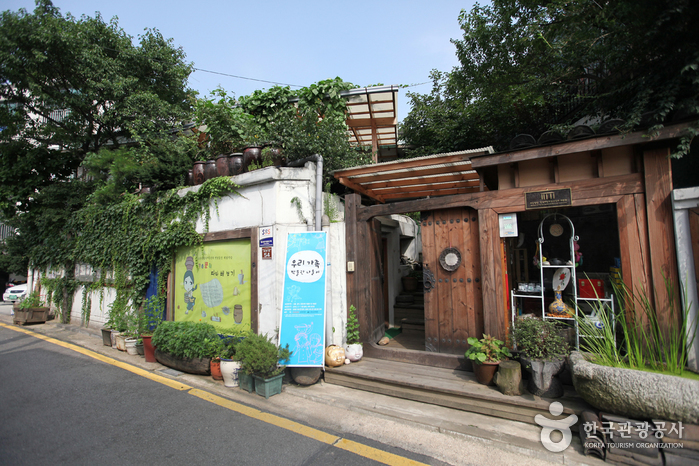
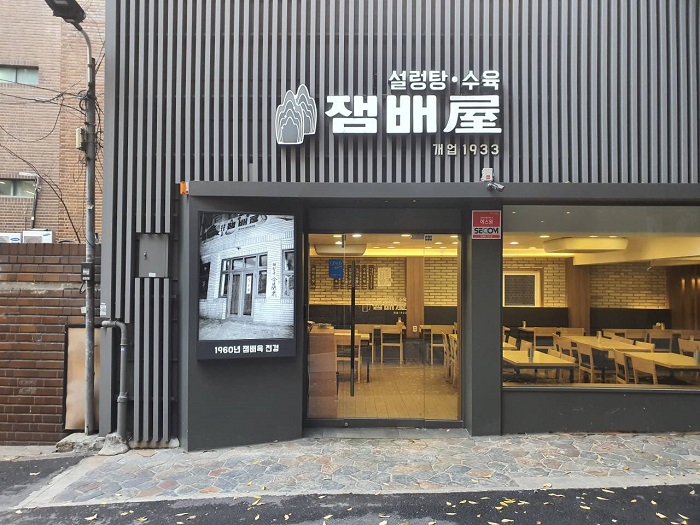

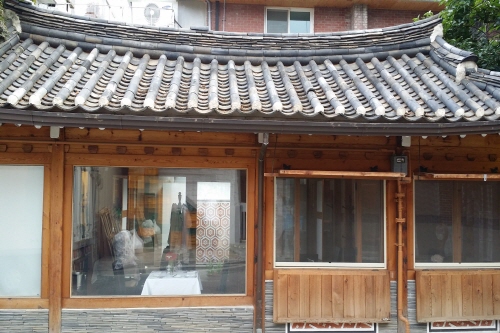
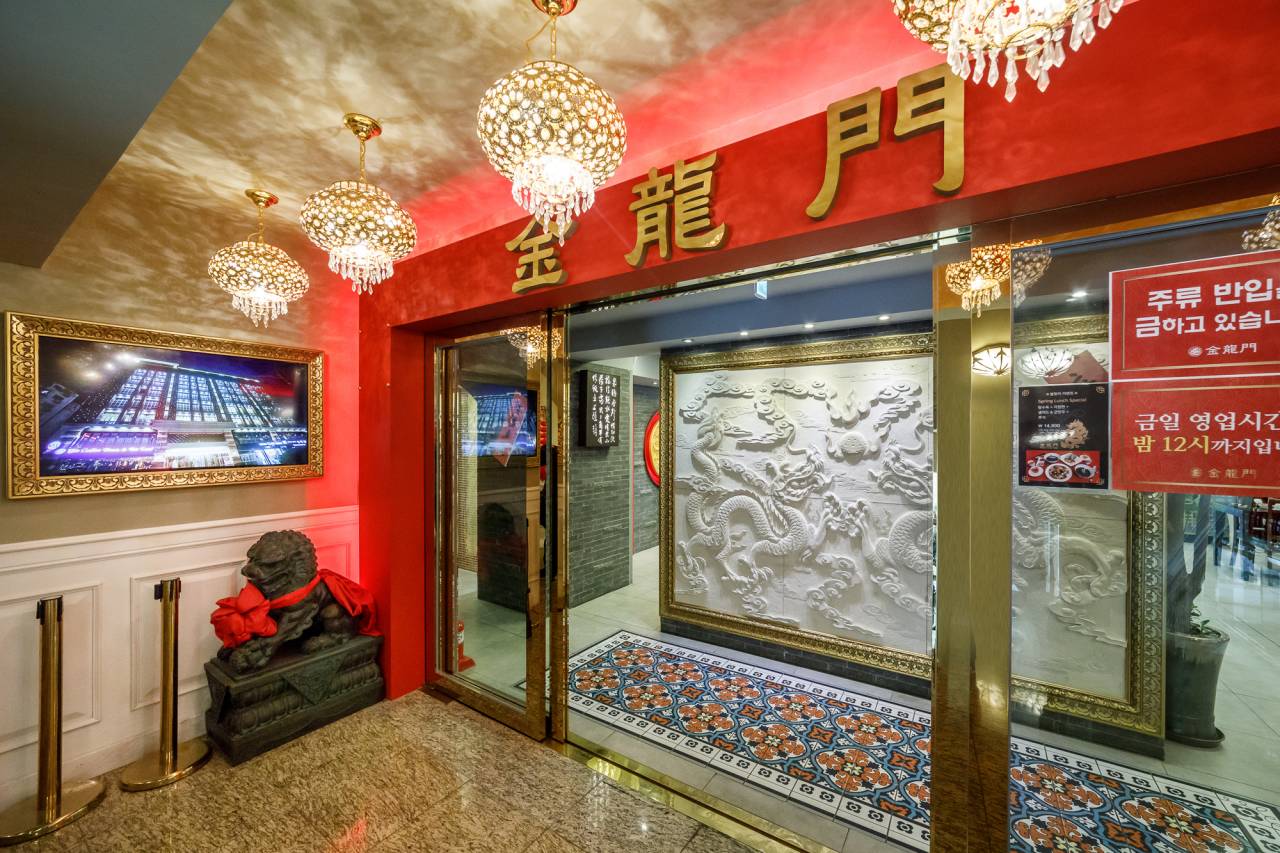
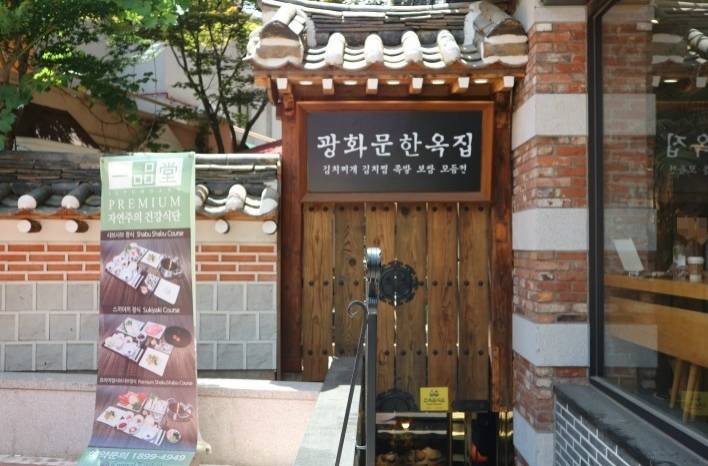

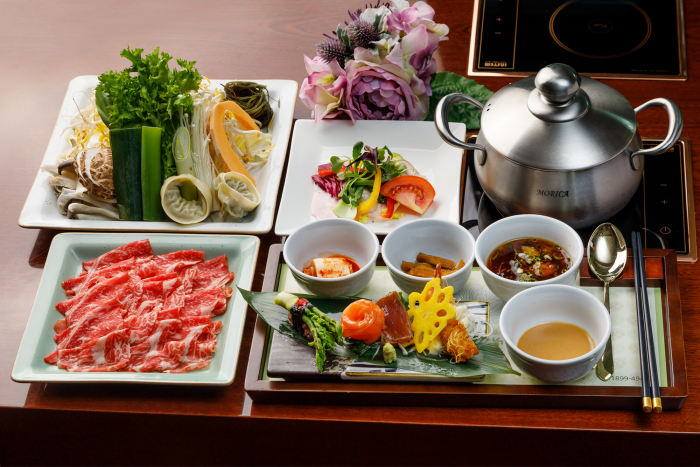
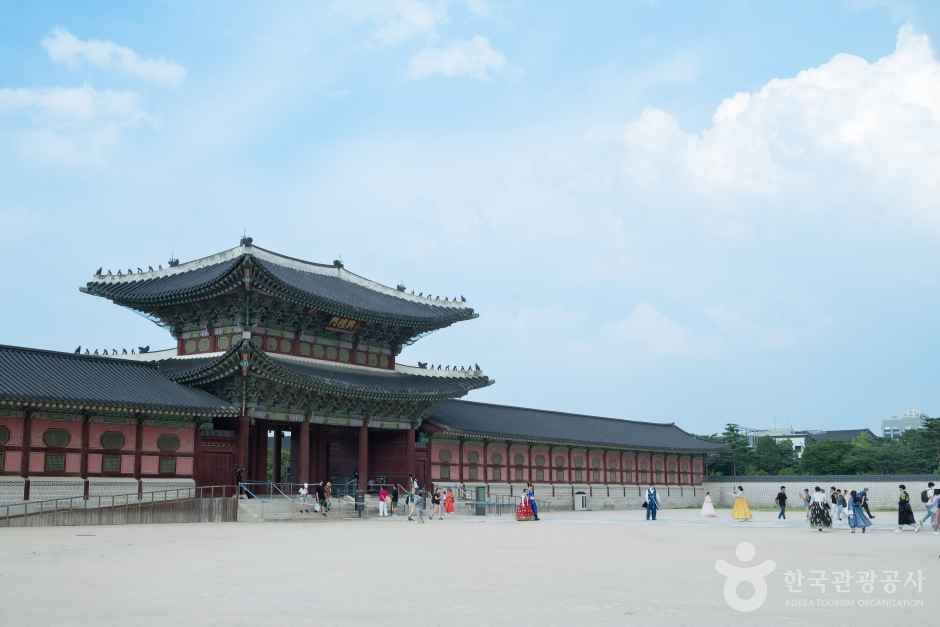
 English
English
 한국어
한국어 日本語
日本語 中文(简体)
中文(简体) Deutsch
Deutsch Français
Français Español
Español Русский
Русский